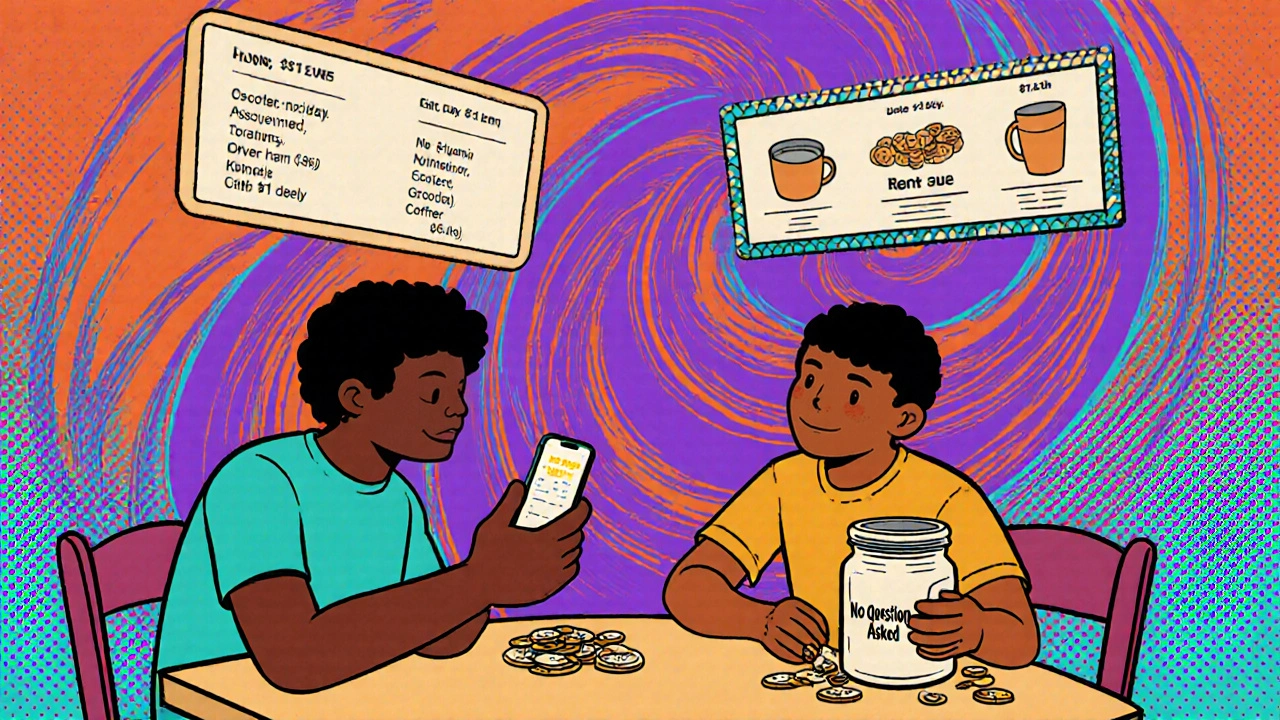Shared Wallets: What They Are and How They Work for Families and Teams
When you think of shared wallets, digital accounts that let two or more people deposit, spend, and track money together. Also known as joint accounts, it's not just about splitting the bill—it’s about building trust, reducing friction, and making money decisions as a team. Whether it’s a couple saving for a house, roommates paying utilities, or a small business team managing travel expenses, shared wallets cut through the chaos of Venmo requests and spreadsheet tracking.
They’re not the same as a regular bank account where one person holds full control. A true shared wallet gives each user clear access, visibility, and often, spending limits. Think of it like a digital piggy bank with multiple keys. You can see who added money, who spent it, and why—no guessing games. This transparency matters. A 2024 survey by the Federal Reserve found that 62% of couples who used shared digital accounts reported less stress about money than those who kept separate funds. That’s not magic—it’s clarity.
But shared wallets aren’t one-size-fits-all. Some work best for family finance, where parents manage allowances and teens learn budgeting. Others are built for collaborative spending, like freelancers pooling project funds or startups covering office costs. The tools vary too: apps like Splitwise handle simple reimbursements, while platforms like Copper or Zelle offer real-time joint balances and approval workflows. The key is matching the tool to the relationship. You wouldn’t use a business expense app to track your kid’s allowance—and you shouldn’t use a family app to manage a team’s travel budget.
What makes shared wallets powerful isn’t the tech—it’s the behavior change they enable. When money is visible and shared, people think twice before spending. They plan ahead. They talk. That’s why they’re becoming the default for modern households and small teams. But they also come with risks. If one person has full access and no oversight, it can lead to imbalance or conflict. That’s why features like spending alerts, role-based permissions, and transaction comments aren’t just nice-to-haves—they’re essential.
Below, you’ll find real-world examples of how people use shared wallets every day. Some use them to pay rent without arguing. Others use them to save for vacations without losing track. A few even use them to teach kids about money before they get their first paycheck. These aren’t theoretical ideas—they’re tested systems, built by real users who got tired of the old way of handling money together.
